Nocheztli – Cochineal
NOCHEZTLI-COCHINEAL
“Nocheztli” is the name the ancient Mexican people gave to cochineal, and it means “TUNA’S BLOOD”. Cochineal is a dye with so much history!!!
It was used even before the Spaniards arrived to Mexico in the 16 century.
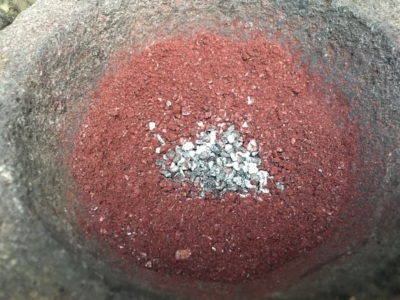
Grinding Cochineal on a mexican “mocajete”
In Mexico, especially in the Oaxaca region, we have lots of legends around cochineal. I want to share one of these legends with you:
“The legend began in the Mixteca Region, land of the Cloud Men, located in Oaxaca. Before the advent of mankind, when the earth was inhabited by gods, two powerful deities fought in its mountainous terrain over the possession of an enormous crop of nopal cacti. During the fierce and tragic battle, the gods each inflicted mortal wounds; their blood splattered across the nopal fields. Not wanting the bodies to remain on earth, their siblings descended from the sky and carried the battered remains back to Heaven on a bed of clouds.” William F. Foote
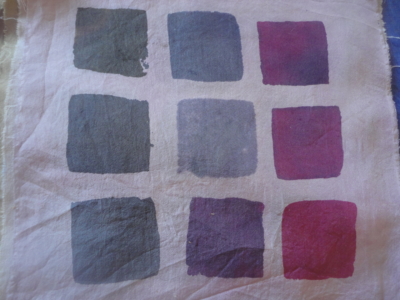
Pink, fuchsia, red, violet, gray… All colors you can achieve with cochineal!!
But…do you know what is cochineal and where does it come from?
Cochineal is a parasite insect that lives in the cactus nopal. The Latin name is “ dactylopius coccus costa“. It is found mostly in Mexico, Latin America and the Canary Islands.
We can only dye with the females, as they are the ones having carminic acid needed for dyeing.
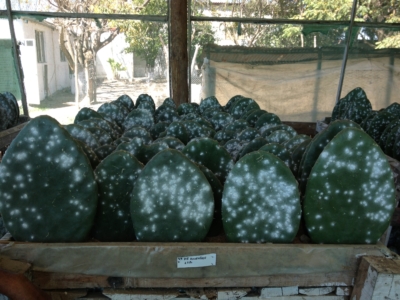
Photo taken in Tlapanochestili farm in Oaxaca
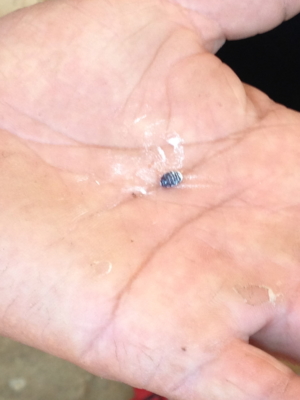
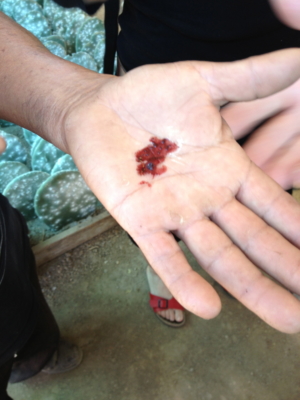
The bugs are grinded and then dissolved in water!
Once you grind the bugs… you get a red powder. I use a mexican “molcajete” to grind my cochineal.
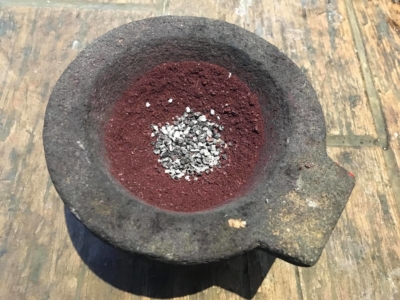
Then you add cochineal to hot water.
Cochineal is an adjective dye, so you would need to mordant your fabric before dyeing. Mordant is the key to achieve a good dyeing!
But cochineal is no only use for dyeing!! Since ancient times it was used for art & painting. Painters such as Picasso, Van Gogh , Matisse used it for its paintings. Specially to achieve black colors.
And nowadays we use cochineal in the food industry. We can find it as E-120, and it is find in yoghurts, sausages, chips, candy’s, etc…
Some examples of products wher cochinal is present:
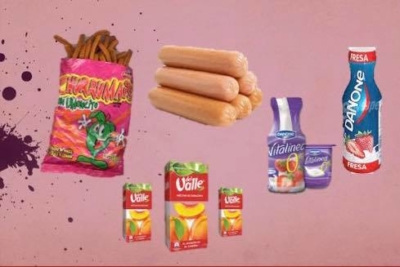
-ROCÍO MENA-


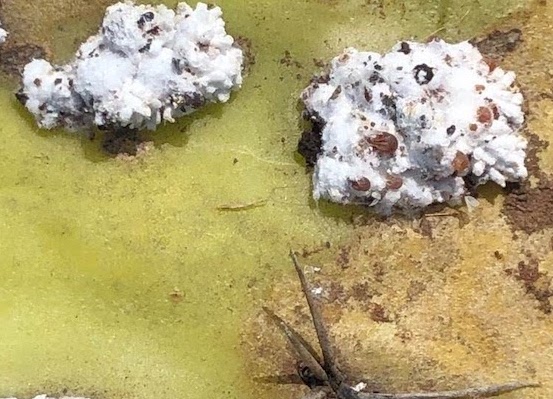

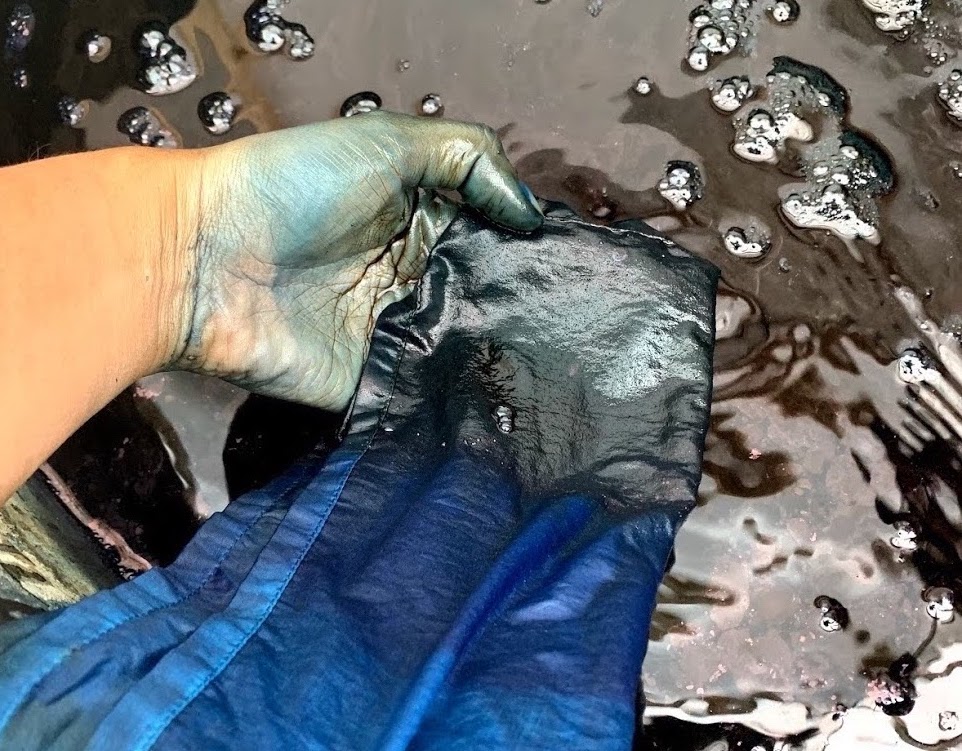
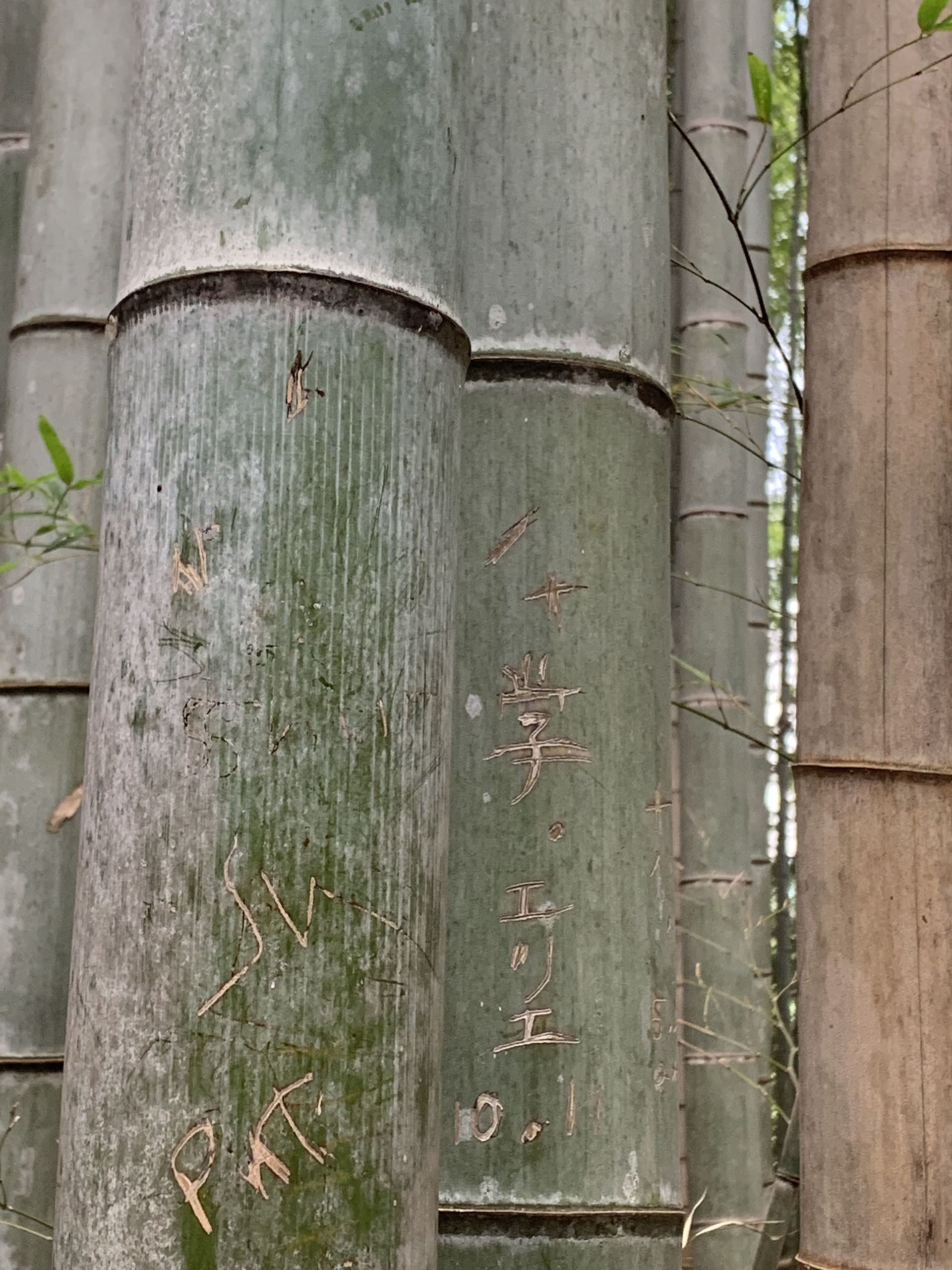
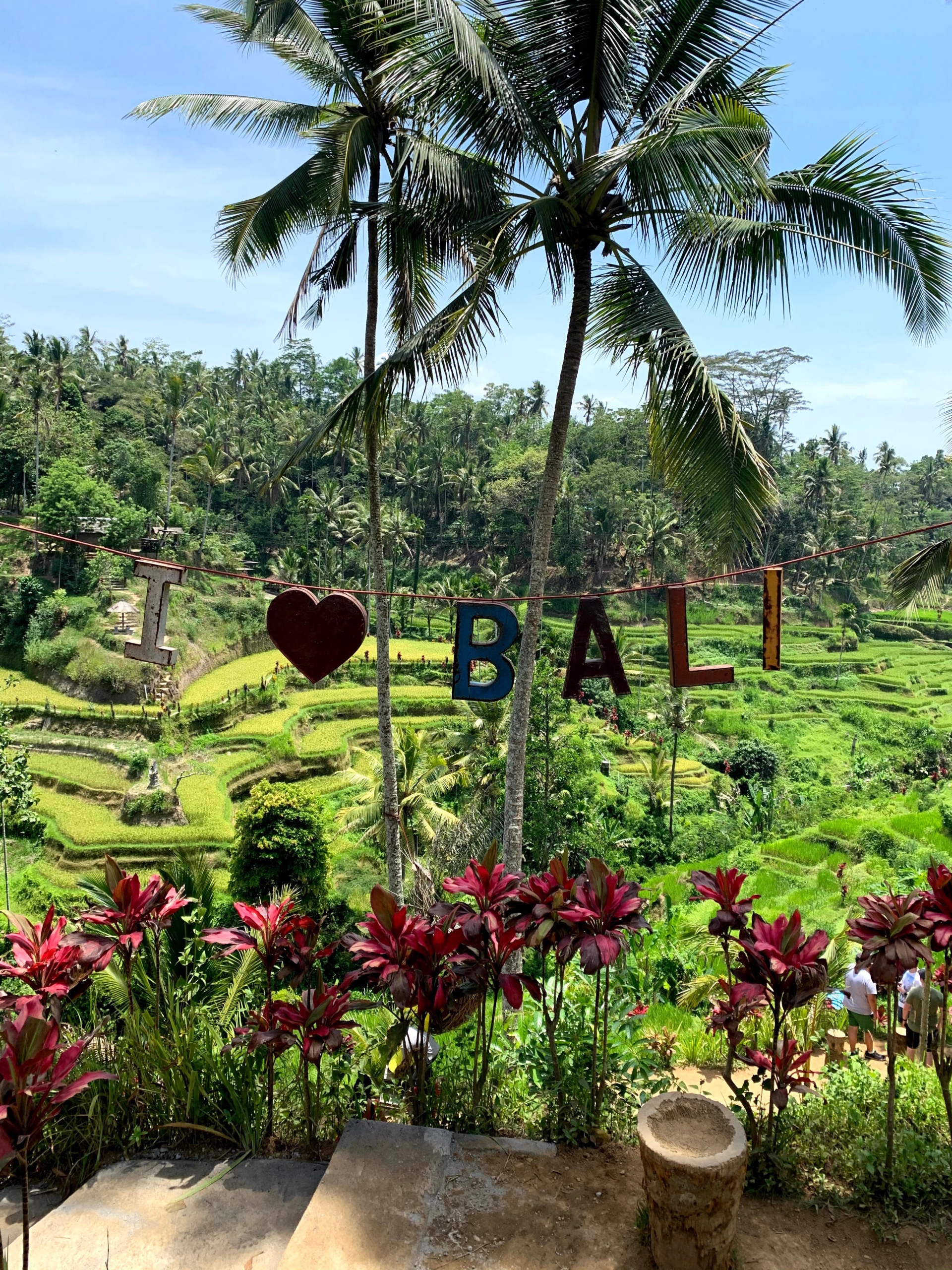
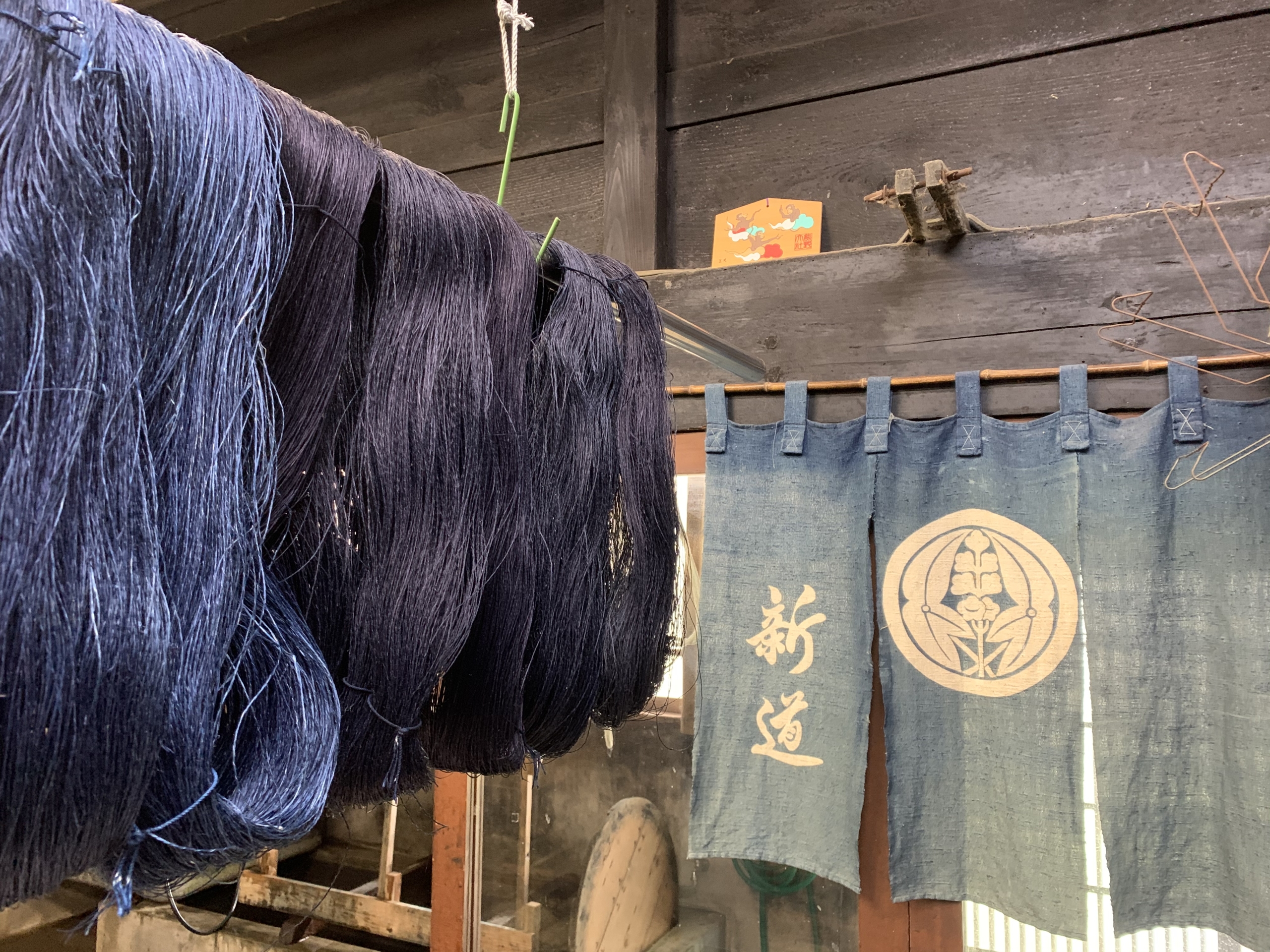
This is a good tip particularly to those new to the
blogosphere. Short but very accurate information… Appreciate your sharing this one.
A must read article!
Enjoyed reading the article above, actually explains everything
in detail, the guide is extremely interesting and
effective. Thank you and good luck in the upcoming articles.
Best regards,
Thomassen Hessellund